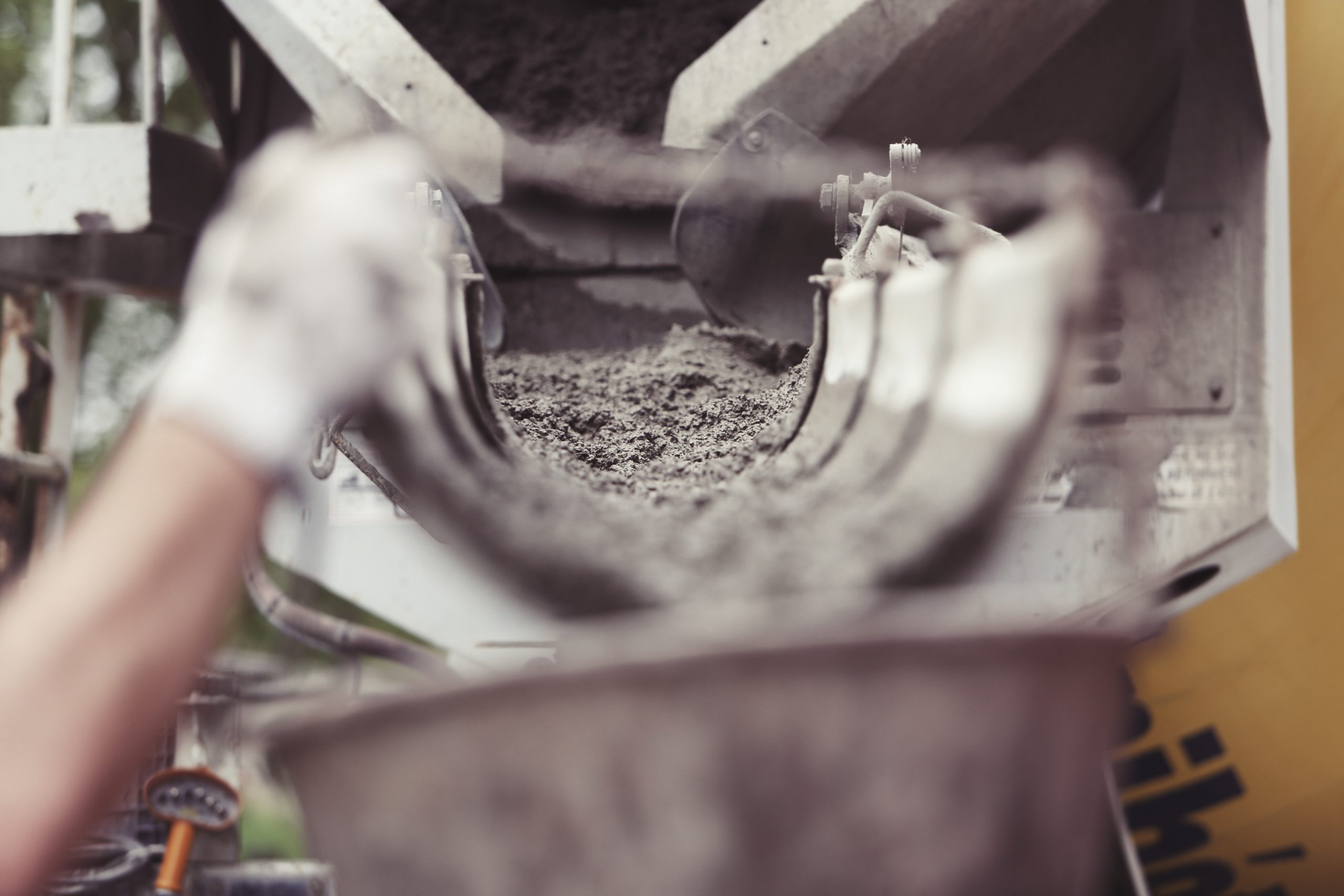
Environmental factors encountered in cold weather can adversely affect concrete properties. It is vital that all parties including concrete
producers, specifiers, contractors, and site operatives fully understand these factors and the high risk of permanent damage to fresh and hardened concrete performance. All activities must be carefully planned with suitable precautionary measures taken in such conditions.
Temperature Considerations
There are three aspects relating to temperature which must all be considered when concreting in cold weather. Any one or combination of these conditions can easily lead to permanent impairment of the concrete quality.
1. Ambient air temperature. As a general guide, when ambient temperatures are below 5°C on a falling thermometer or 3°C on a rising thermometer, there is a risk of damage to concrete. Higher ambient temperatures where there is a wind chill effect are also a risk
2. Ground or surface temperatures. Concrete should never be placed against frozen ground or other surfaces or substrates
3. Concrete temperature. For compliance with I.S. EN 206, fresh concrete must be delivered at a minimum of 5°C. Considering the three primary risk factors above relating to temperature, it is essential that concrete is protected from temperature drops and the
potential of freezing until sufficient strength has developed. As a general guide, the temperature of the concrete itself needs to be continuously maintained at a minimum of 5°C for at least 48 hours and until the compressive strength has exceeded 5 N/mm2. While concrete may be placed during the day in suitable conditions, adverse overnight conditions after concrete placement is often overlooked.
Potential impacts of cold weather on concrete
• Freezing of water within fresh concrete can result in catastrophic failure of the concrete
• Freezing of the concrete after initial stiffening but before sufficient strength has developed may also cause varying levels of damage ranging from surface damage or scaling to full structural failure
• Milder damage from cold weather impacts may not be immediately evident, but can result in irrecoverable decreased compressive strength and reduced durability of the resultant concrete element
• Early strength development of concrete is a function of the hydration of cement with water which generates heat. This reaction and
subsequent strength development can be significantly slowed by colder temperatures
Measures to Minimise risks
Concreting operations need to be carefully planned and executed when cold weather conditions occur to prevent permanent damage to the concrete. There are a number of practical measures which can be implemented which include:
Concrete mix considerations
There are several measures which can be taken with the concrete mix used which will aid with slightly quicker strength development. None of these will entirely remove the risk of cold weather damage and must be considered alongside site operational controls below.
• Increasing the strength class or cement content of the concrete mix
• Reduction in the use of cement replacements by agreement (minimize GGBS & PFA usage)
• Using a lower workability mix will result in quicker initial setting time
• Accelerating admixtures can be added to concrete; however, this will only result in concrete setting quicker. The concrete is still at the same risk of cold weather damage after setting. Accelerators should be specified and used by exception with upmost caution as the rapid setting may not lend itself to site placement and finishing operations without detailed and careful resourcing and planning
• Hot water for concrete batching is generally not a practice due to high relative cost and the infrequency of this requirement in Ireland
Site Operations
• Consider placing concrete outside of expected low temperature conditions. Critical work should be postponed and carried out in ideal
environmental conditions
• Plan and communicate delivery and demand carefully. Concrete should be batched, discharged, placed and finished without delay
• Appropriate curing and protection of the fresh concrete from heat loss must put in place as quickly as possible
• Wet curing techniques with water should never be used in cold weather
• Frost blankets and insulated form work should be used to protect concrete in cold weather conditions. In some cases where cold weather conditions are relatively mild, conventional timber formwork left in place for longer may provide adequate protection
• Remembering that cold weather conditions will result in slower strength development, frost blankets, insulated formwork and conventional formwork used as protection should be left in place for an extended. At least 48 hours after placement until sufficient strength has developed or ideally longer.
• Do not add water to concrete onsite. This exacerbates the risk. Where required order a concrete mix of suitable workability for the task
• For flatwork, i.e. slabs and floors, where possible the placement of concrete should be done after roofing and erection of walls. Frost blankets or other methods of surface protection may still be required
• The protection of concrete from extremes of temperature, shock and vibration is an integral part of concrete curing activities. All concrete projects must have a site operations specific planned curing procedure in accordance with EN 13670 clause 8.5
For more information on concreting in different types of weather or to find out about our pioneering concrete solutions get in touch with us today.



